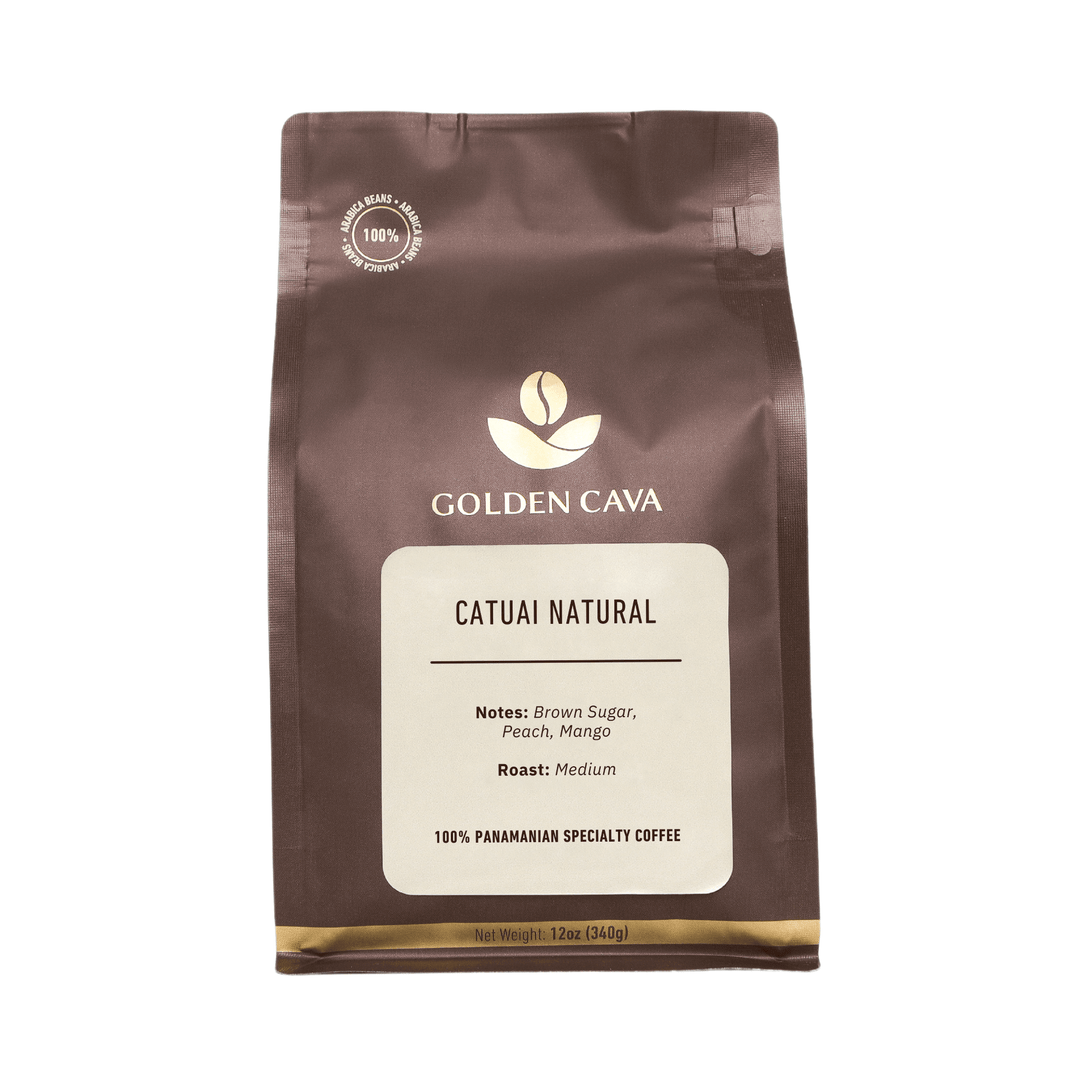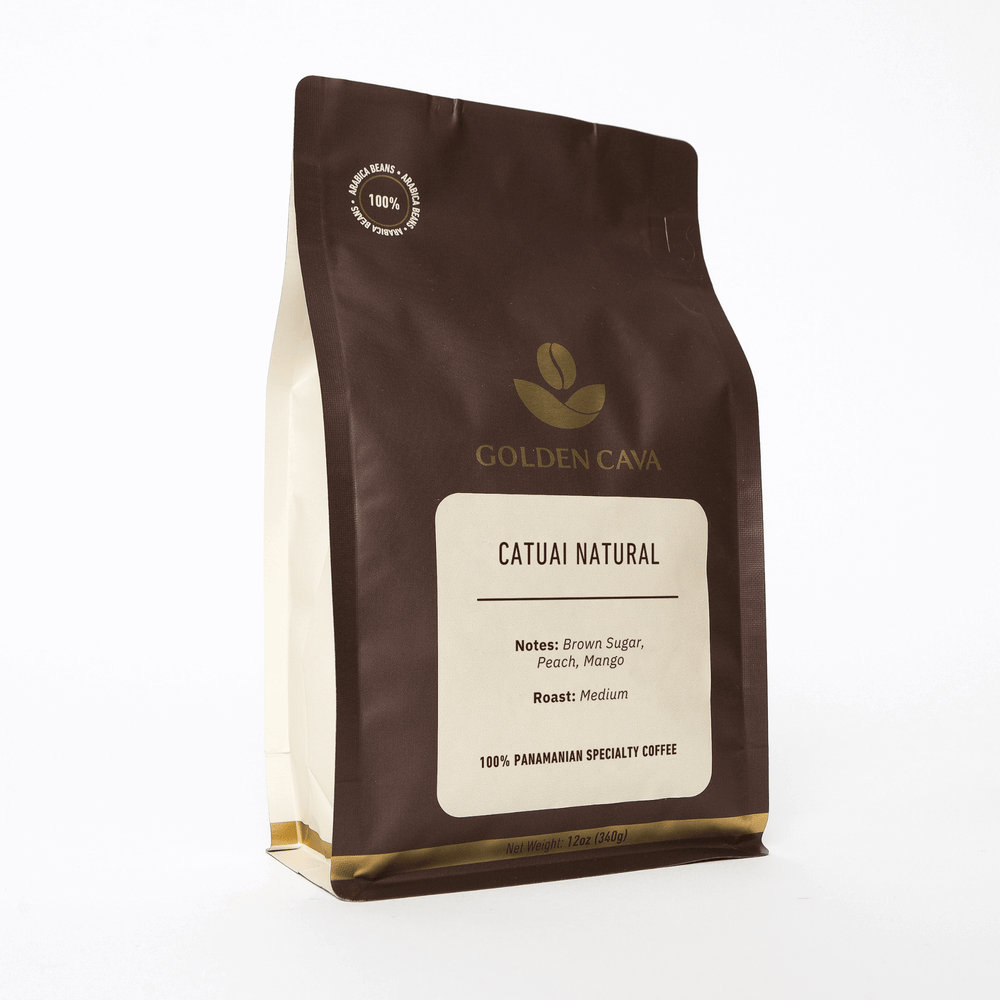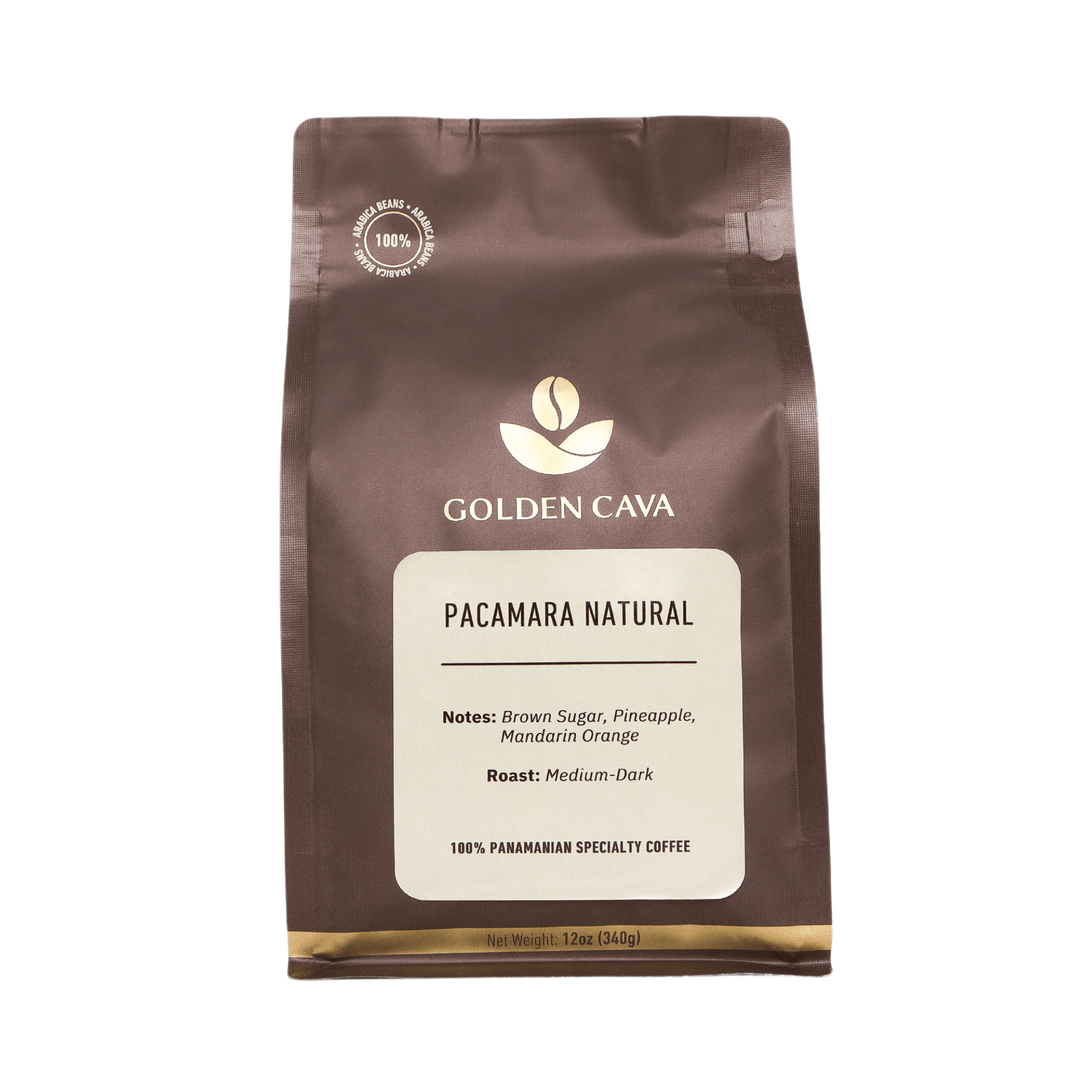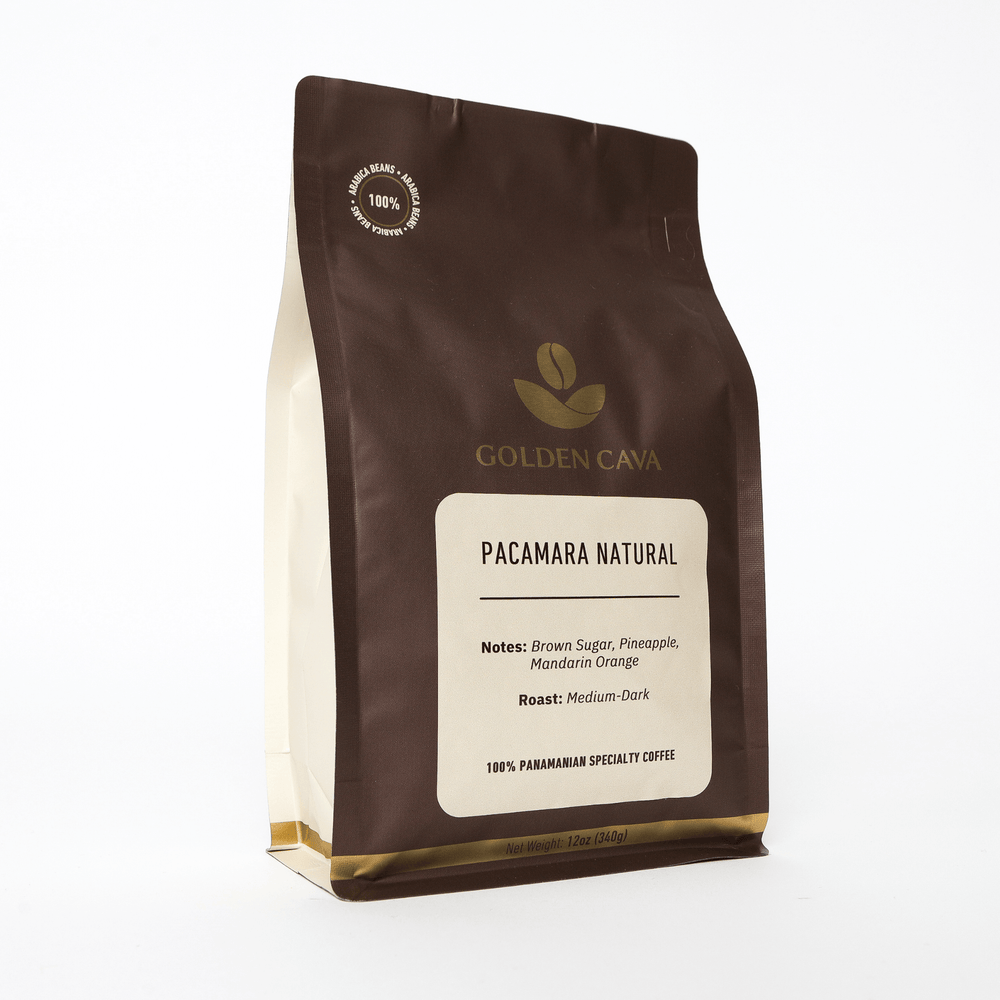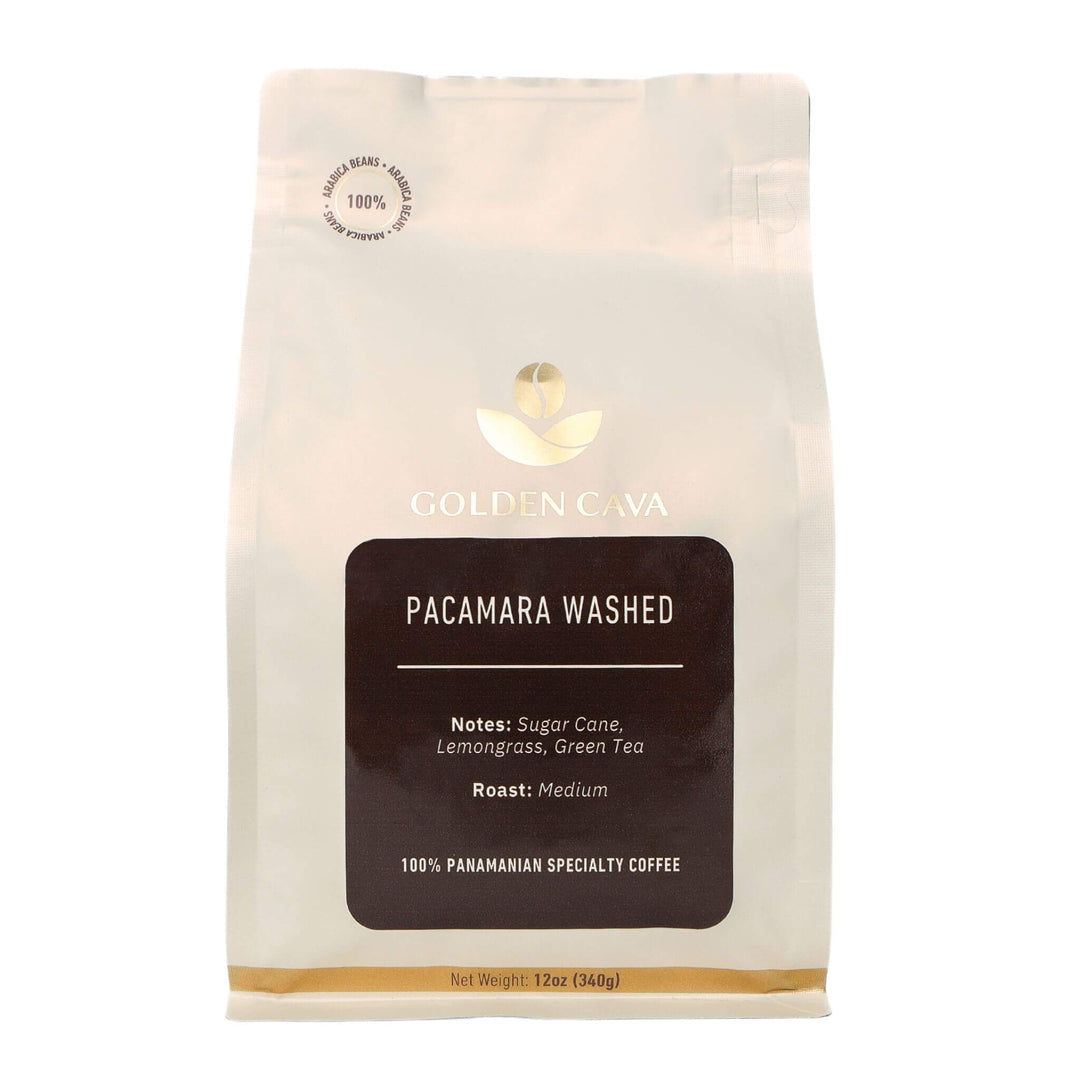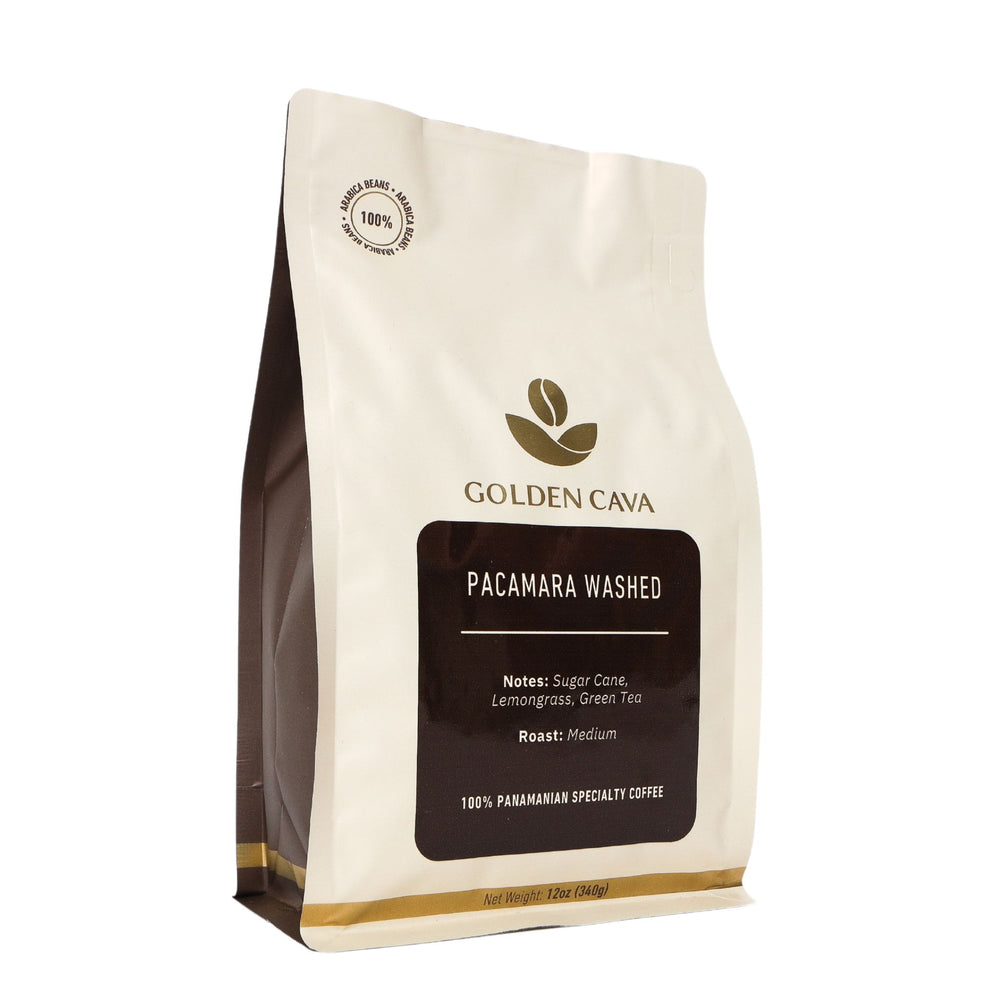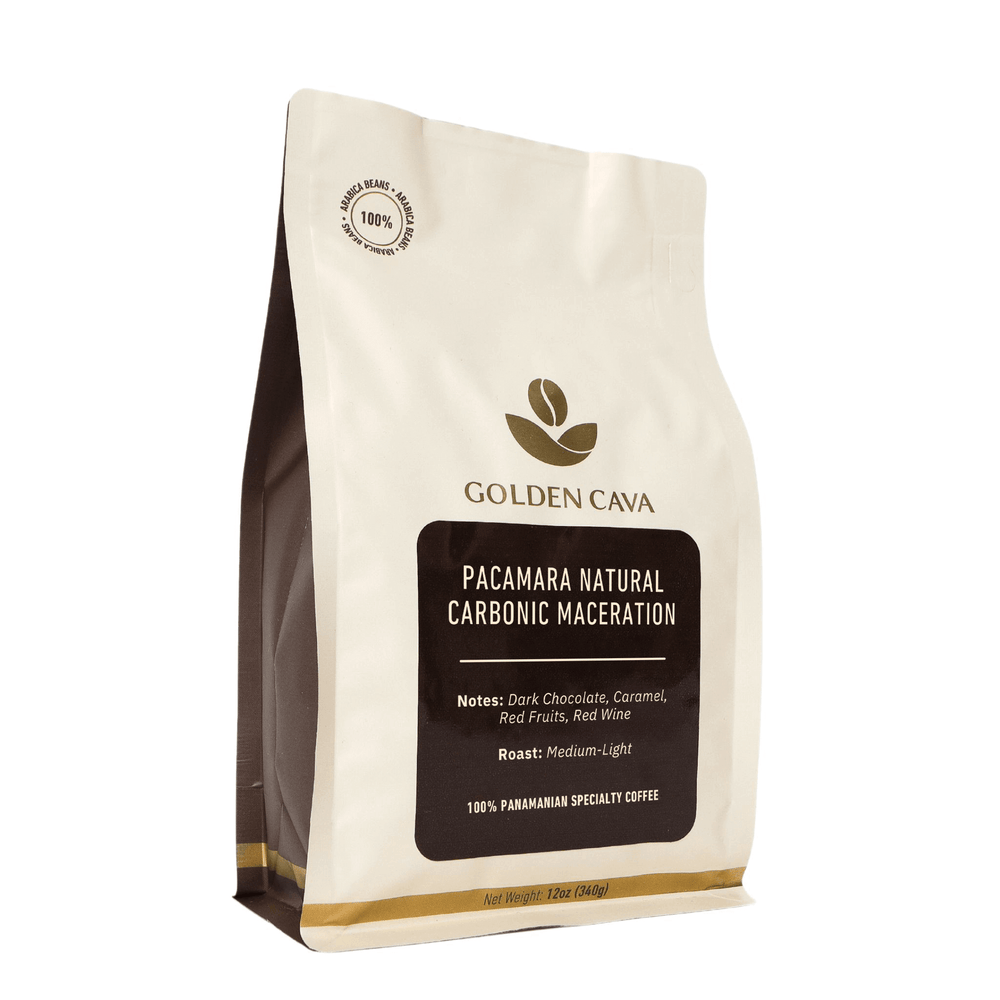When roasting coffee, a variety of factors can affect the amount of weight lost. In this blog post, we'll explore the complexities of roasting coffee and how it affects bean weight loss, delving into moisture content and roast level to calculate the percentage of weight lost.
We'll delve into the different factors that influence weight loss during roasting, such as moisture content and roast level. Additionally, you'll learn how to calculate the percentage of weight lost in your roasted coffee beans for better control over your final product.
Furthermore, we will discuss the benefits of minimizing weight loss during roasting and provide valuable tips on achieving optimal results while preserving cup quality. By gaining a deeper understanding of these aspects related to "how much weight is lost when roasting coffee," you can refine your skills as a specialty coffee professional or enthusiast.
Table of Contents:
- Understand the Roasting Process to Maximize Weight Loss
- How Coffee Beans Lose Weight During Roasting
- Factors that Affect Coffee Bean Weight Loss During Roasting
- Calculate Weight Loss During Roasting
- Benefits of Minimizing Weight Loss During Roasting
- Tips for Minimizing Weight Loss During Roasting
- Frequently Asked Questions How Much Weight is Lost When Roasting Coffee
- Conclusion
1. Understand the Roasting Process to Maximize Weight Loss
The process of roasting coffee plays a significant role in determining the final weight, flavor, and aroma of your beans. During the roasting process, chemical reactions cause green coffee beans to lose moisture content and emit gases like carbon dioxide, resulting in a decrease of bean weight. This results in a decrease in bean weight during the roasting process.

How Coffee Beans Lose Weight During Roasting
Coffee loses weight primarily due to two factors: moisture loss and gas release. As green coffee beans heat up during roasting, their internal water content evaporates as steam while volatile compounds escape as gases such as CO2. These processes contribute significantly to green coffee's moisture content reduction, leading to lighter roasted beans with varying flavors depending on roast level.
- Moisture Loss: Green coffee contains around 10-12% water by mass before it is roasted. The high temperatures used during roasting cause this water content to evaporate into steam, resulting in a drier bean with less overall mass.
- Gaseous Release: As the temperature increases within the bean during roasting, various volatile compounds break down and are released as gases such as carbon dioxide (CO2). This further contributes to weight loss throughout the process.
Different Roast Levels Affect Weight Loss Percentage
The degree of roast also impacts how much weight is lost when roasting coffee. Lighter roasts tend to lose less weight than darker roasts, as they undergo a shorter roast time and lower temperatures. For example:
- Light Roasts: These beans are roasted at lower temperatures for a shorter duration, resulting in approximately 12-15% weight loss.
- Medium Roast: Beans that are medium-roasted typically experience around 15-18% weight loss due to slightly higher temperatures and longer roast times.
- Dark Roasts: The highest temperature and longest duration of all roast levels cause dark-roasted beans to lose about 18-20% of their beginning weight.
To maximize the flavor potential while minimizing the amount of bean mass lost during roasting, it's essential to understand how different factors like moisture content, gas release, and roast level contribute to overall weight reduction. By carefully controlling these variables throughout the process, you can ensure your specialty coffee is both delicious and cost-effective when you start roasting on your own or with professional coffee roasters.
By understanding the roasting process and its factors, you can maximize weight loss when roasting coffee. Next, let's explore the various factors that affect how much weight is lost during this process.

2. Factors that Affect Coffee Bean Weight Loss During Roasting
Understanding these factors can help you optimize your roasting technique and achieve a more consistent final product. Let's explore some key elements that affect coffee bean weight loss during roasting:
Bean Size and Density
The weight loss of coffee beans during roasting can be influenced by their size and density, with larger, denser ones tending to lose less. Bigger, denser beans usually don't shed as much weight compared to smaller, less dense ones because of their greater capacity for holding onto moisture.
Roast Time and Temperature
The duration and temperature at which you roast your coffee will significantly impact its final weight loss percentage. Longer roast times or higher temperatures generally result in greater moisture loss, leading to increased bean weight loss.
Type of Coffee Beans
Different types of green coffee beans have varying levels of moisture content, affecting their overall weight loss during the roasting process. For example, Arabica beans tend to lose more water than Robusta varieties when roasted due to their higher initial moisture content.
Airflow within the Roaster
The airflow inside your coffee roaster can also impact the weight loss of your beans. Proper airflow helps to remove moisture from the beans, ensuring a more even roast and potentially reducing overall weight loss.
Roast Level
The level at which you choose to roast your coffee will affect its final weight as well. Lighter roasts tend to lose less weight than darker ones due to shorter roast times and lower temperatures, resulting in less moisture being evaporated during the process.
In summary, several factors influence how much weight is lost when roasting coffee beans. By understanding these elements and adjusting your technique accordingly, you can optimize your roasting process for improved flavor profiles and consistency in your specialty coffee products.
The toasting process involves a number of variables which can impact the amount of weight reduction in coffee beans. It is critical to comprehend the elements and their effects on the outcome so as to guarantee consistent outcomes. Next, we'll look at ways to calculate the amount of weight loss during roasting so you can accurately gauge your progress.
3. Calculate Weight Loss During Roasting
Understanding how to calculate the amount of weight lost during roasting is essential for coffee roasters, as it helps them monitor and control the process more effectively. By knowing the beginning weight of green coffee beans and their final weight after roasting, you can determine the percentage of weight loss that occurred.
A Simple Formula to Calculate Weight Loss Percentage
To calculate the percentage of weight loss, follow these steps:
- Determine the beginning weight (BW) - This is usually measured in grams or pounds before you start roasting.
- Determine the final weight (FW) - Measure your roasted coffee beans' total mass once they have cooled down post-roast.
- Calculate difference between BW and FW: Difference = BW - FW
- Divide this difference by BW: Weight Loss Percentage = (Difference / BW) *100%
This formula will give you a clear idea about how much your green coffee beans lose during different roast levels, helping you make informed decisions on which roast level works best for specific bean types while ensuring optimal cup quality.
An Example Calculation
By accurately calculating the weight loss during roasting, coffee producers can ensure that they are achieving maximum efficiency and consistency in their product. Moving on to the next heading, we will explore how minimizing this weight loss can provide a variety of benefits for both producer and consumer alike.
4. Benefits of Minimizing Weight Loss During Roasting
Minimizing weight loss during the coffee roasting procedure can bring about a variety of advantages, such as enhanced taste and scent, better uniformity in your final product, and cost-efficiency for both java roasters and customers. In this section, we will delve further into the advantages of reducing weight loss during roasting.
Improved Flavor and Aroma
The primary goal of roasting coffee is to develop the complex flavors and aromas that make specialty coffee so enjoyable. By minimizing weight loss during the roasting process, you can preserve more of the bean's natural oils responsible for its unique taste profile. This results in a richer cup quality with enhanced flavors that cater to discerning palates.
Better Consistency Across Batches
Achieving consistent roast levels across different batches is essential for maintaining a high-quality product line. When there are significant variations in bean weight loss, it may indicate inconsistencies in roast time or temperature settings used by coffee roasters. By controlling factors like green coffee moisture content and using lighter roasts when appropriate, you can ensure greater uniformity between batches while also reducing overall weight lost.
Increase Cost-Effectiveness for Roasters & Consumers
- Retail Value: Reducing weight loss percentage means retaining more beans per batch after processing; thus maximizing retail value without compromising on quality or taste profiles.
- Sustainability: As demand grows globally for sustainable practices within the industry - including responsible sourcing of green coffee beans - minimizing weight loss during roasting can contribute to a more eco-friendly approach.
- Affordability: By maintaining the beginning weight and final weight closer together, you can offer competitive pricing for your specialty coffee products without sacrificing quality or taste. This is especially important for businesses that rely on repeat customers who appreciate both great value and exceptional flavor in their daily cup.
In summary, by taking steps to minimize weight loss during the roasting process, you can enhance the overall experience of enjoying high-quality specialty coffee while also making it more accessible and sustainable for everyone involved. In turn, this contributes positively to the growth of the global specialty coffee industry as a whole.
By minimizing weight loss during roasting, coffee drinkers can enjoy a cup of freshly roasted and flavorful coffee. To maximize the flavor and aroma of your beans, try following these strategies to reduce weight loss during roasting.

5. Tips for Minimizing Weight Loss During Roasting
Maintaining the integrity of your specialty coffee beans through minimizing weight loss during roasting is essential for achieving optimal flavor, aroma and quality. Here are some tips to help you achieve this goal:
A. Control Roast Time and Temperature
The key to minimizing weight loss during roasting lies in controlling roast time and temperature effectively. By carefully monitoring these factors, you can ensure that moisture loss is kept at an optimal level while still achieving desired roast levels.
B. Choose Lighter Roasts Over Darker Ones
Lighter roasts tend to have less weight loss compared to darker ones because they undergo a shorter roasting process with lower temperatures. This results in lesser moisture evaporation from green coffee beans, leading to a higher final weight.
C. Start with High-Quality Green Coffee Beans
Selecting high-quality green coffee beans with consistent size and moisture content ensures uniformity during the roasting process, reducing uneven bean weight loss.
D1: Proper Storage of Green Coffee Beans
- Maintain proper storage conditions by keeping green coffee beans in a cool, dry place away from direct sunlight or heat sources.
- Avoid fluctuations in humidity levels as it may affect the initial moisture content of green coffee beans before starting the roasting process.
- Use airtight containers or vacuum-sealed bags to preserve the freshness and quality of green coffee beans.
E. Experiment with Different Roasting Techniques
Each coffee roasting technique has its unique characteristics that can affect bean weight loss. By experimenting with different methods, such as air roasting, drum roasting, or fluid bed roasting, you may find one that minimizes weight loss while still producing excellent cup quality.
F. Monitor Moisture Loss Throughout the Process
Regularly measuring moisture content during the entire process helps in adjusting roast time and temperature accordingly to minimize excessive weight loss due to evaporation. A moisture analyzer is an essential tool for this purpose.
Incorporating the advice provided into your coffee roasting process can aid in keeping weight loss to a minimum while maintaining the unique flavor and scent of your beans.

How much weight does coffee lose during roasting?
Coffee beans typically lose about 15-20% of their weight during the roasting process, depending on factors such as roast level and bean density. This is mainly due to moisture evaporation and the release of volatile compounds.
What is the correct formula for determining the percentage of weight lost during roasting?
To calculate the percentage of weight loss during roasting, use this formula: (initial green bean weight - roasted bean weight) / initial green bean weight x 100. This will give you an accurate representation of how much mass was lost in the process.
What coffee roast is best for weight loss?
There isn't a specific coffee roast that directly contributes to weight loss. However, lighter roasted coffees tend to have higher levels of chlorogenic acid which may help with fat metabolism. It's important to note that drinking black coffee without added sugars or creamers can aid in maintaining a healthy diet.
How much does 1 roasted coffee bean weigh?
The average roasted Arabica coffee bean weighs approximately 0.13 grams (0.0046 ounces), while Robusta beans are slightly heavier at around 0.16 grams (0.0056 ounces). Keep in mind that these weights can vary based on factors like size, density, and moisture content.
Conclusion
The roasting process is essential for creating the perfect cup of coffee. It's critical to be aware of the amount of weight that can be diminished throughout this procedure and why it is significant. By understanding the factors that affect weight loss, calculating your expected losses, and taking steps to minimize them you can ensure a high-quality product with every roast. With these tips in mind, you'll never have to worry about losing too much weight when roasting coffee again.
Discover the perfect coffee gift or subscription for your loved one and experience the freshness of specialty-grade coffees while learning how much weight is lost when roasting. Join us on a journey to find out more about sustainable, quality coffee and travel experiences today!


